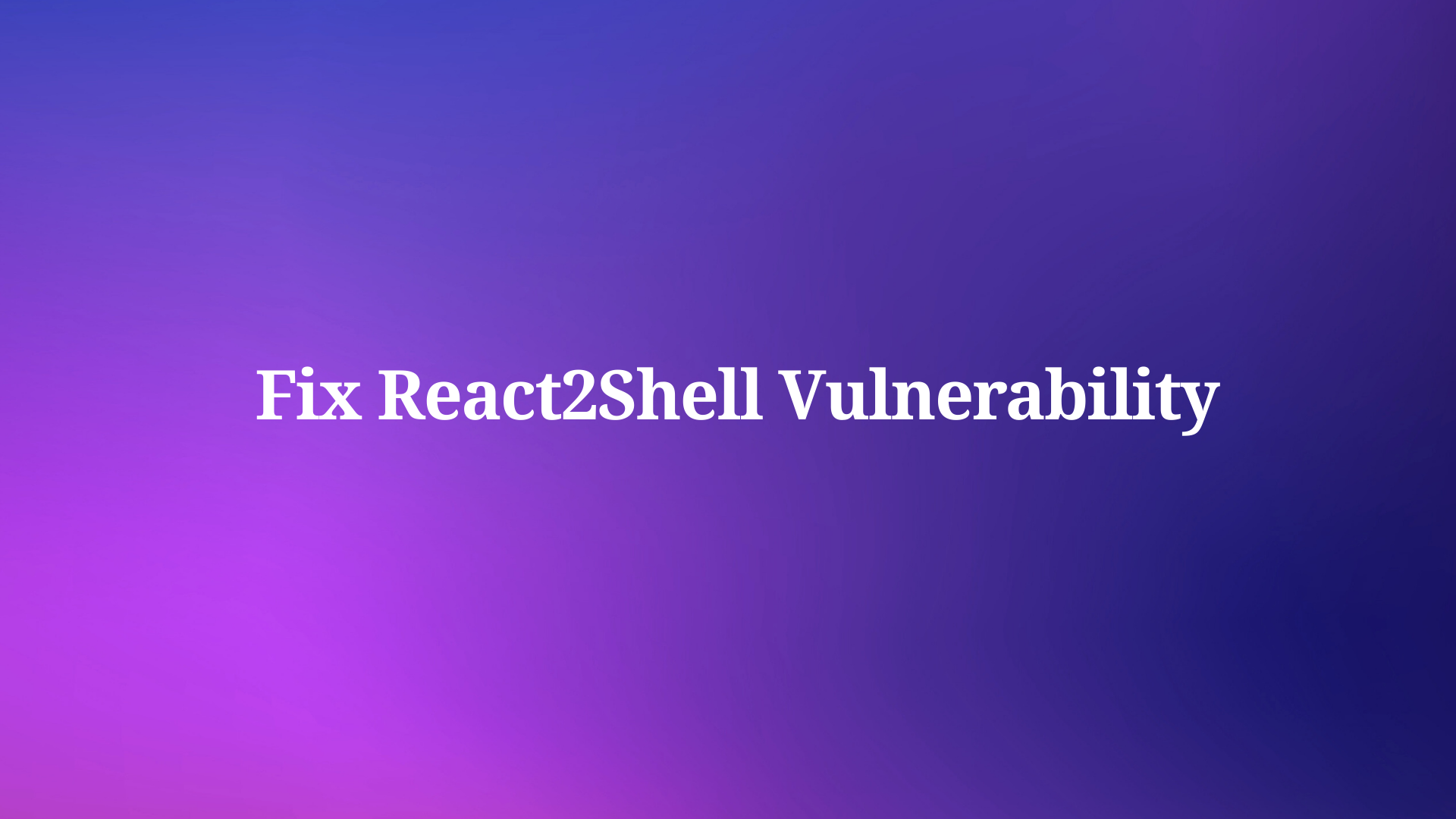Developers will find it necessary to change parameter values and execute API requests multiple times to ensure that their APIs can accommodate various kinds of real-life interactions with users.
With its data set feature, you can easily change parameter values for a specific API, allowing you to test out your APIs efficiently and effectively.
To learn more about what Apidog provides, click the button below.

With so many different combinations possible when sending different kinds and numbers of parameters, it can quickly get confusing. Therefore, this article will introduce how you can quickly set up different parameters for the same API.
Why Use Different Parameters for the Same API?
There are various reasons for why developers need to know how to use different parameters with the same API. Here are some notable reasons:
Targeted Data Retrieval
Need all recipes? One parameter fetches them. Want only Italian dishes? Change the parameter to filter by cuisine. This lets you request specific data subsets, saving time and bandwidth.
Increased Efficiency
Imagine building a complex search engine. Instead of making multiple API calls for different search criteria, you can use parameters to refine a single call. This streamlines your code and reduces server load.
Improved User Experience
Think of an e-commerce site. Parameters allow users to filter products by category, price, or brand. This tailored browsing experience keeps users engaged and helps them find what they need faster.
Flexibility and Customization
A single API with various parameters can cater to diverse user needs. Developers can build custom functionalities on top of the core API by manipulating parameters.
Cleaner and More Maintainable Code
Using parameters promotes code reusability. Instead of writing separate functions for different data requests, you can have one function that accepts parameters, making your code more modular and easier to maintain.
Automate API Requests with Apidog's Data Sets Feature
If you are looking for a method to execute requests with different parameter values conveniently, you can rely on Apidog. By using Apidog's data set feature, you as a developer can easily modify elements of any API, including parameter values and loop requests.

Aside from Apidog's data set feature, the APi development platform provides all the tools necessary for professional API development. With features for API design, testing, mocking, and documentation, you can create the perfect API!
Steps to Change Parameters for API Requests
Step 1: Open Apidog and click "Automated Testing" from the right-side menu in your API project. You can create a test scenario and add test steps. You can reference saved APIs, and API Cases, or create new requests.

Step 2: Select Test Data from the top menu, and you can create data sets for testing through an intuitive UI, which is very convenient.

Step 3: After editing the test data, return to the automated testing screen and select the data set under Test Data. Here, the number of iterations is automatically calculated based on the defined data set count.

Step 4: Click on the request in the test step and define parameter values as variable names as needed.

Step 5: Run the test scenario. A "Select Test Data" window will also appear, allowing you to select the data set to use for this run. After selection, the parameter values will be automatically set in sequence, and the request will be looped and executed multiple times.

Apidog's test scenarios have no limitations, and you can add all APIs, API Cases, and custom requests as test steps. This feature allows for more flexible API test automation. Additionally, when using data sets for testing, Apidog allows you to either create test data through an intuitive UI or import existing files, providing a more convenient and flexible solution.

Conclusion
Mastering parameters opens doors to a world of possibilities. By experimenting with different parameter values, you can extract exactly the data you need from an API, saving time and resources. This targeted approach not only benefits you as a developer but also enhances the user experience by allowing for customized interactions.
Remember, the next time you encounter an API, take a moment to explore its parameters. You might be surprised at the wealth of information hidden within!




